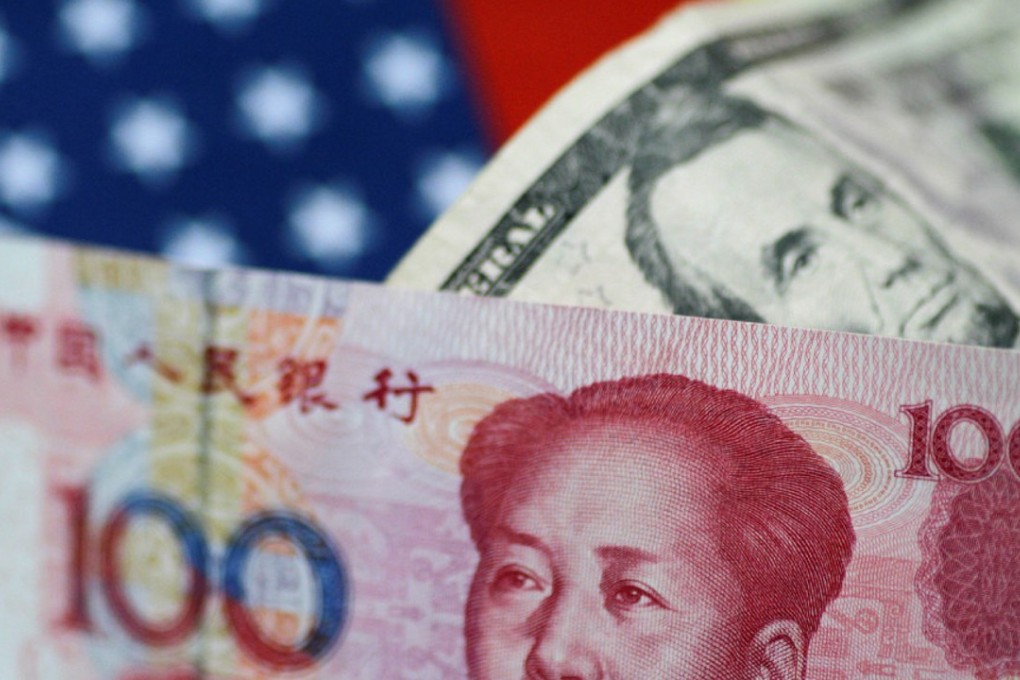China’s capital outflow problem still a ‘grey rhino’ despite signs of stabilisation
Foreign exchange reserves have been rising steadily, but capital outflow pressures are expected to remain high

Juliana Huang, a senior executive with a multinational company in Beijing, invested well during the property boom in the Chinese capital and over the years has owned several flats in the city.
Like many Chinese investors, however, Huang has in recent times sought to liquidate some of her investments and move the funds overseas, in the belief they will be safer there. Her market of choice is the US, where she now holds a healthy portfolio of stocks and funds, all denominated in US dollars.
The desire among China’s wealthy to convert their yuan-based assets into foreign currencies has been a headache for Beijing. But despite its efforts to curb capital outflows, the problem has become one of the “grey rhino” risks to the economy that are considered too big to ignore.
China’s foreign exchange reserves rose for a sixth straight month in July, suggesting Beijing’s efforts to slow capital outflows and boost inflows were paying dividends. However, an economist said the growth in the figures should not be overplayed.
“The rise in foreign exchange reserves is partly a result of currency valuation changes in the portfolio,” said Wang Tao, chief China economist with UBS. “A rise in reserves doesn’t mean a net capital inflow.”